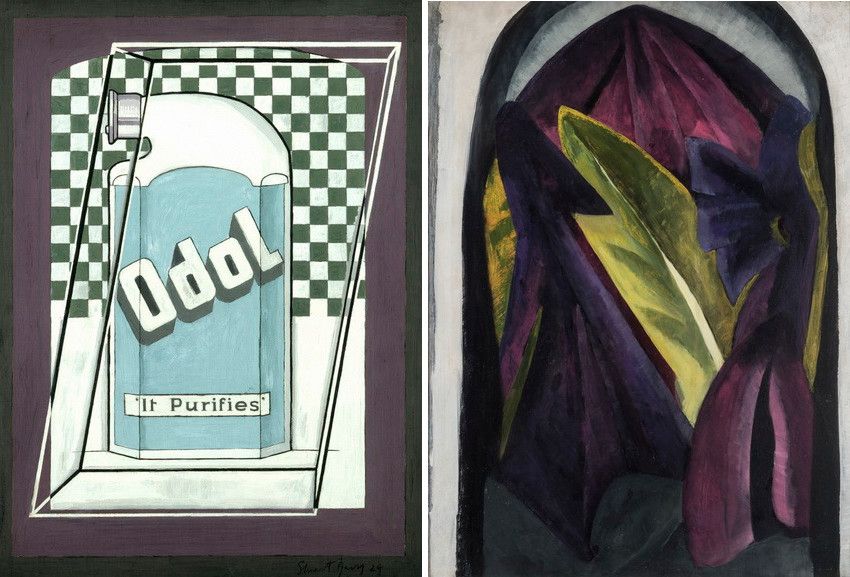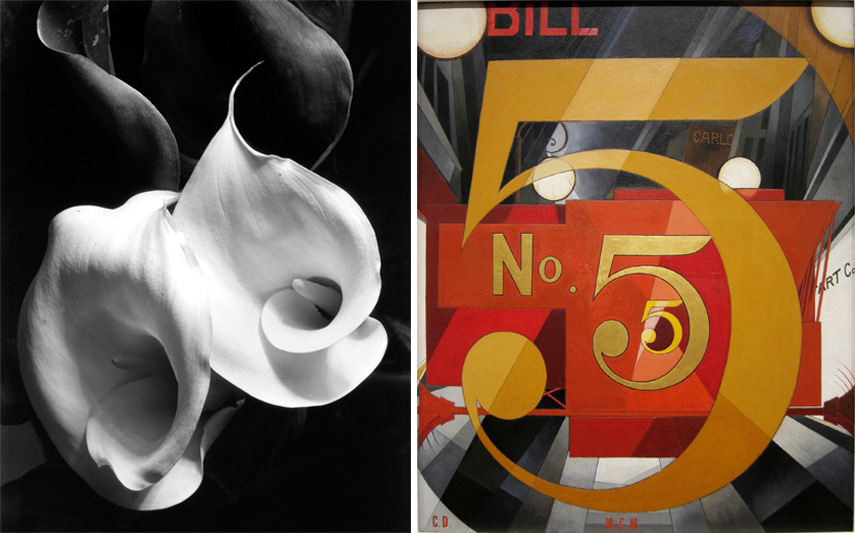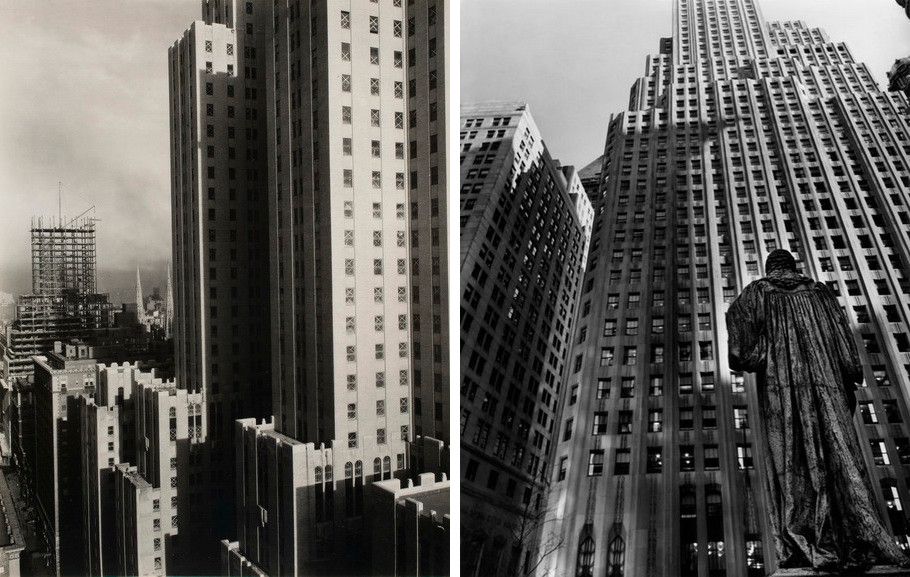[ad_1]
The interwar period is marked as perhaps the most intense time in the first half of the 20th century. The consequences of the World War I were sprawling around the globe, and although the combat did not take place on the American soil, it definitely took its toll on the economy and caused vast social and cultural upheavals.
The upcoming exhibition America’s Cool Modernism, From O’Keeffe to Hopper at the Ashmolean Museum tends to shed a new light on a mentioned period by questioning how the artists articulated modern life with all of its contradictions. As the title suggests, the works of Georgia O’Keeffe and Edward Hopper will be represented alongside those of Alfred Stieglitz, Charles Demuth, Charles Sheeler, Edward Weston and many others.

The Highlights of The Exhibition
The public will have a unique chance to see early photographs, painting, and prints, as well as one of the first examples of American avant-garde cinema, Mannhata, made by Paul Strand and Charles Sheeler.
The project is the collaboration with the Terra Foundation for American Art and is of great importance since the majority of the selected works have never been on a display outside the USA.
In addition to that is the fact that a significant number of them are loans from the Metropolitan Museum of Art. Besides the fresh curatorial emphasis, the whole exhibition should be perceived as well in the context of the cultural exchange between the US and the UK.

The Engaged Artworks of American Modernism
Perhaps the best-known painting which will be exhibited is the famous Saw the Figure 5 in Gold painted in 1928 by Charles Demuth, a prominent figure of Precisionism. It is an outstanding abstract composition which reflects the growing technological and economic progress of American society just a year before the beginning of the infamous Great Depression.
Since it resembles a banknote, it can be read as well as an early critique of the consumerism and overall interest in profit. Therefore, it seems as if Demuth had anticipated Pop Art, which can be said for several other works by Stuart Davis, Jacob Lawrence, and Edward Steichen.
The photographs of Alfred Stieglitz function in the similar fashion; they capture the construction sights of the skyscrapers, the cathedrals of modern times. The paintings of Edward Weston, Edward Hooper, and Ralston Crawford depict cityscapes emptied out of human presence.
The omnipresent feeling of ambivalence is present in these magnificent artworks. Whether they reflect human alienation and frustration or they stand as a proud testimony of nations rapid grow, all of them are truly engaged commentary on the modern world.

America’s Cool Modernism at The Ashmolean
The exhibition America’s Cool Modernism, From O’Keeffe to Hopper, at The Ashmolean, the University of Oxford’s museum of art and archaeology in Oxford will be open on March 23rd and the public will be able to visit it until September 22nd, 2018.
By displaying such a fascinating sum of artworks, The Ashmolean, together with the Terra Foundation, the Met and other contributors, intends to show how distinctly American modernism was born and what impact it had on the future development of art history.
Featured images: Charles Sheeler – Bucks County Barn, 1940. Oil on canvas, 46.7 x 72.1 cm. Terra Foundation for American Art, Daniel J. Terra Collection, Chicago © Estate of Charles Sheeler; Jacob Lawrence – The Migration Series, panel no. 31: The migrants found improved housing when they arrived north. 1940–41. Casein tempera on hardboard, 30.48 x 45.72 cm. The Phillips Collection, Washington DC © 2016 The Jacob and Gwendolyn Knight Lawrence Foundation, Seattle / Artists Rights Society (ARS), New York; Edward Hopper – Manhattan Bridge Loop, 1928. Oil on canvas, 88.9 x 152.4 cm. Addison Gallery of American Art, Phillips Academy, Andover MA© Heirs of Josephine N. Hopper, licensed by the Whitney Museum of American Art. All images courtesy The Ashmolean
[ad_2]
Source link
